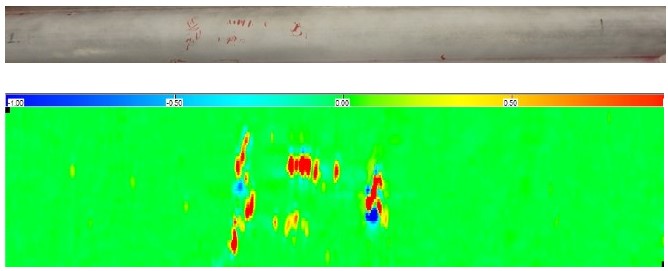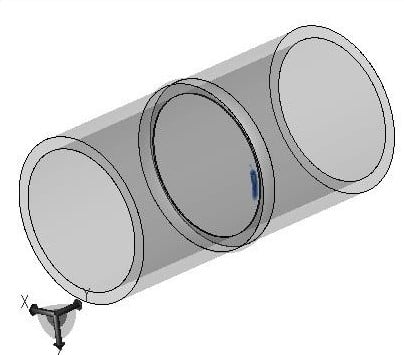Peeking into pipes with NDT
Advanced non-destructive testing (NDT) methods are developing rapidly. Using these technologies, we can now inspect objects that have been out of our reach in the past. The methods are also faster to use and offer visually clearer, and easily comparable, test results.
Kiwa offers NDT testing in a growing number of countries across the globe, for example to examine welds within pipelines. One of the advanced NDT testing methods is phased array ultrasonic technique. A phased array ultrasonic probe consists of several transducer elements that operate independently. By controlling the delays of the ultrasonic pulses from each element, the direction of the sound wave emitted by the probe can be steered electronically. The method highlights the exact location and size of any defects using graphic colour images.
Used in nuclear power plants
“In Finland, most new advanced NDT-techniques are first adopted at challenging nuclear applications and then offered to traditional power plants and other industries,” says Matti Ruha, NDT specialist at Kiwa in Finland. Kiwa uses the new technology at nuclear power plants, for example, when inspecting pipe welds. Bi-metallic welds can also be inspected with phased ultrasonic.
Array applications are also common in eddy current applications. Array techniques are faster than traditional ultrasonic and eddy current testing and objects can be inspected that were unreachable before.

Images: PT result compared to Array ET result.
One of the great things about array methods is that test results are more easily stored. “The customer receives test data files to help observe the condition of the system,” says Matti Ruha.
Better visuals
The benefit of phased array ultrasonic and eddy current array is that they produce easily understandable visual test results. For example, thickness measurements can be presented in colour charts, where you can really see the scale of possible corrosion damage. “You no longer have to be an expert in ultrasonic technique to understand the test results.” says Kiwa Finland’s NDT specialist Ari Kaarnalehto.
Computer technology helps analyse the test results. It is easier to determine whether the signal response has identified an actual defect or something characteristic for the shape of the object. Concludes Matti Ruha, “In traditional ultrasonic testing, the customer gets notified only when we have identified a possible defect. In phased ultrasonic testing, the same defect can be shown as an image and the reflector can be located three-dimensionally inside the weld, for an example, see the figure below. That means a tremendous difference.”


